Overview of Keflex
Keflex, known generically as cephalexin, is a beta-lactam antibiotic belonging to the cephalosporin class of antimicrobials. It is indicated for the treatment of certain infections caused by susceptible strains of bacteria, including infections of the respiratory tract, otitis media, skin and skin structure infections, bone infections, and genitourinary tract infections.
Chemical Composition
Cephalexin is chemically described as 7-(D-α-Amino-α-phenylacetamido)-3-methyl-3-cephem-4-carboxylic acid monohydrate. It is a white to off-white crystalline powder that is soluble in water and sparingly soluble in alcohol.
Pharmacological Action
Cephalexin functions by inhibiting the synthesis of the bacterial cell wall, leading to cell lysis and death. It is bactericidal against a wide range of gram-positive and some gram-negative bacteria through its binding to penicillin-binding proteins located within the bacterial cell wall.
Indications for Use
Keflex is used to treat infections such as streptococcal pharyngitis, tonsillitis, pneumonia, bone and joint infections, skin and subcutaneous tissue infections like impetigo, and urinary tract infections. It may also be used for prophylaxis against bacterial endocarditis in patients allergic to penicillin who are at risk undergoing certain dental procedures.
Dosing Information
The dosage of Keflex varies by the type and severity of the infection as well as patient factors such as kidney function. It is typically administered orally in capsule or liquid form. Common adult doses range from 250 mg to 1000 mg every 6 hours, while pediatric dosing is usually based on the child’s weight. The duration of therapy depends on the type of infection and clinical response but typically ranges from 7 to 14 days.
Administration Guidelines
Keflex should be taken with a full glass of water and may be taken with or without food. If gastrointestinal upset occurs, taking it with food can minimize this side effect. It is important to complete the full prescribed course of therapy, even if symptoms resolve before completion, to prevent the development of resistant bacteria.
Adverse Reactions
Potential adverse effects of Keflex include diarrhea, nausea, vomiting, dyspepsia, and abdominal pain. Hypersensitivity reactions like urticaria, angioedema, and anaphylaxis have been reported. Transient hepatitis and cholestatic jaundice and effects on hematologic parameters, including eosinophilia and leukopenia, can occur.
Contraindications and Precautions
Keflex is contraindicated in patients with a known allergy to cephalexin or other cephalosporins. Caution is advised in patients with a history of allergy to penicillins due to possible cross-reactivity. Renal insufficiency may require dose adjustment to prevent drug accumulation and toxicity. Caution should also be taken when using cephalexin in pregnant or breastfeeding women, though the drug is classified as pregnancy category B by the FDA.
Drug Interactions
Concomitant use of Keflex with nephrotoxic or ototoxic drugs may exacerbate kidney or hearing damage, respectively. Probenecid can increase and prolong blood concentrations of cephalexin. The drug may interfere with certain diagnostic tests, including glucose tests in urine using Benedict’s or Fehling’s solution and Coombs’ test.
Storage Requirements
Keflex should be stored at room temperature, away from light and moisture. The oral suspension should be refrigerated after reconstitution and discarded after 14 days if not used. It should be kept out of reach of children and pets.
Pharmaceutical Formulations
Keflex is available in capsules, tablets, and powder for oral suspension. The capsules come in strengths of 250 mg and 500 mg. The oral suspension, when reconstituted, contains 125 mg/5 mL or 250 mg/5 mL of cephalexin. Tablets are available in 500 mg and 1 gram.
Specific Patient Population Advice
For elderly patients, dosing should be cautious, usually starting at the low end of the dosing range, reflecting the greater frequency of decreased hepatic, renal, or cardiac function, and of concomitant disease or other drug therapy. In pediatric patients, the dose is based on the child’s weight with a typical range of 25-50 mg/kg/day in divided doses.
Monitoring Parameters
Clinical response should be monitored every 48 to 72 hours to evaluate for effectiveness. In patients with renal insufficiency, renal function should be assessed periodically during therapy. For those with a history of gastrointestinal disease, particularly colitis, monitor for worsening of symptoms.
Overdosage Management
In the event of an overdose, prompt hemodialysis or peritoneal dialysis can be helpful to hasten the removal of cephalexin from the system. Treatment remains largely supportive and symptomatic, including gastric lavage and correction of fluid and electrolyte imbalances.

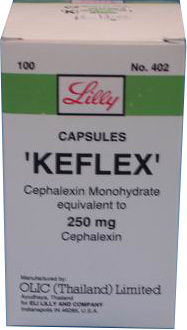
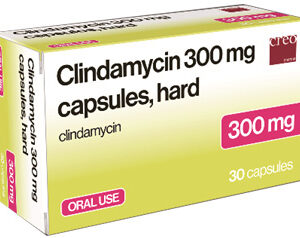
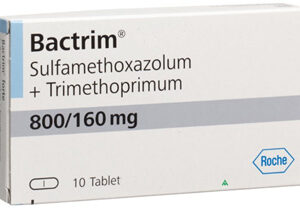
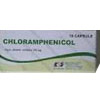
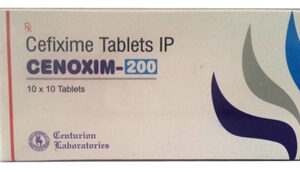
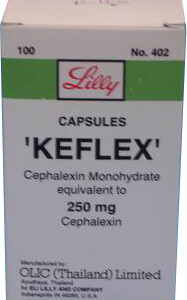
Reviews
There are no reviews yet.